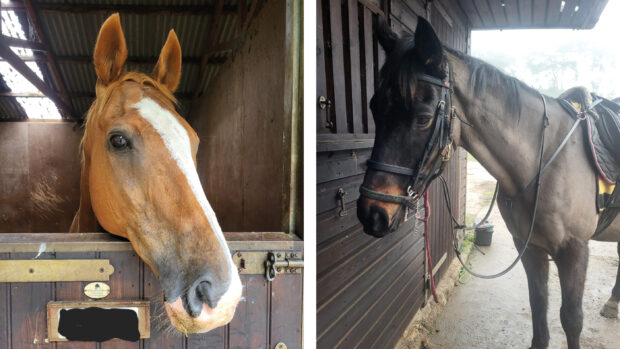Vets and owners are urged to be on “high alert” for atypical myopathy (AM) this spring, after a boom in cases last autumn.
The seasonal disease — which is most common in spring and autumn — surged last year and is caused by a toxin in the seeds of sycamore trees.
Clinical signs may include muscle weakness or stiffness, colic-like symptoms, laboured breathing, dark red-brown urine, recumbency or even sudden death.
The British Equine Veterinary Association (BEVA) is now reminding vets to remain on high alert for further outbreaks.
There were more than five times as many cases of AM last autumn than in the previous year and experts have warned that the disease tends to occur more frequently in the spring following an autumn surge, possibly because of the growth of seedlings. The prognosis is poor, with survival rates of less than 25%.
“Early diagnosis is essential to give the best chance of survival of this highly fatal disease,” said a spokesman.
Confirmation is by a blood or urine test.
Professor Celia Marr, partner at Rossdales, said: “New, collaborative research, instigated last year between the University of Liege, the Irish Equine Centre and the Animal Health Trust should shed more light on the characteristics of the disease in this country. Once we know more about the specific causes we should be able to make more positive progress with prevention strategies.”
“After a rise in cases last autumn, owners need to be aware of the possible risk of grazing near suspect trees, such as sycamores,” added Karen Coumbe. “Where possible they should be avoided completely.”
Ref: Horse & Hound; 26 February 2015



